What is Low Key Lighting?
Low Key photography is a style of lighting where, only the subject or specific portion of the subject is illuminated. Everything else is thrown into shadow. This is a cool technique that uses strong contrast between light and dark to achieve dramatic effects. Modern day low-key lighting is inspired from an art technique called Chiaroscuro, which was widely used by Renaissance artists.



What you will need?
Camera: Any dSLR. I used Canon Rebel T5i.
Lighting: You can use any of these: Soft light, Flash, Strobe, Reflector.
Accessories: Wireless flash trigger(If you decide to use flash), Light stand or tripod, Black background.
How it’s done?
The first step is to setup your equipment in the right way.
Placing your Subject: You will need to position the subject slightly away from the background. This is to reduce the amount of light reflecting off the background. We want only the subject to be illuminated and everything else is nearly black. So for obvious reasons, we use a black background.
Light Source: A common misconception about this type of photography is that he room needs to be dark. A little bit of ambient light does no harm. In fact, you need it to focus your camera on the subject. Light up your room with a not too bright lamp. Bright enough to see the the subject clearly. You cannot focus if you don’t see the subject. But, I need to get rid of ambient light and illuminate only the subject. This is where the camera settings & light source come in. By over exposing the subject with a light source and with the right camera setting, the ambient light is eliminated and only the over exposed portions of the subject gets recorded on the picture. Placing the light source at an angle with respect to the subject will produce stunning results. Having the light source directly in front of the subject might still work but gives far less dramatic photos. You might want to play around with the light position and intensity till you get the expected result. As I mentioned earlier you could use a remote flash, soft light or a strobe light for the light source.
Camera Settings:
Monochrome gives a dramatic contrast between dark and light. But, if you want a color image, go ahead.
ISO: Keep you ISO as low as possible. ISO 100 or 200 will do the job.
Aperture: Depending on the intensity of light and shutter speed you will need to change aperture size. Generally, f/14 and below will give you a good effect
Shutter Speed: Set your camera to a shutter speed that’s faster than 1/100. Obtaining a flawless outcome is all about balancing between Aperture and Shutter speed. Rule of thumb: Bigger aperture – Faster shutter speed. You will have to tweak these two setting till you hit the sweet spot, where the ambient light is completely eliminated and you see only the parts that are supposed to be illuminated. You will also need to set the off-camera flash to high-speed sync if you want to shoot faster than 1/250.
What to Expect?
If done right, you wouldn’t even have to do edit the image after the shoot. Obviously, it is tempting to touch up the flaws on an editing software. But, achieving a similar result physically will give you more insight on this technique. However, it is ok to touch-up minor flaws that are inevitable.
To conclude, these are some of the Low-Key images I was able to capture with whats available with me.
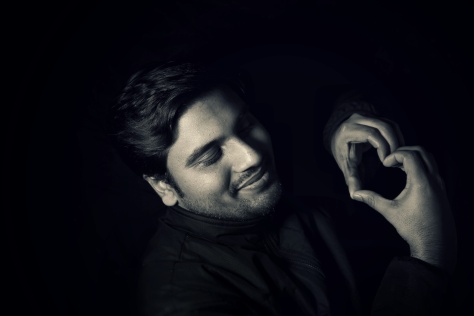
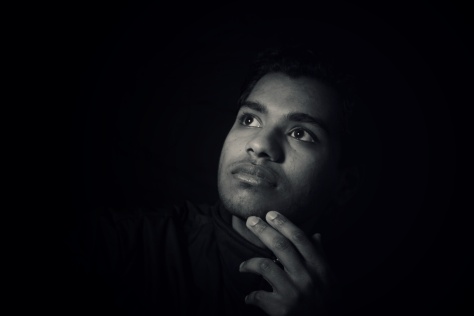
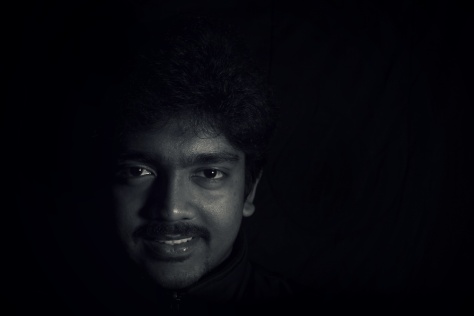
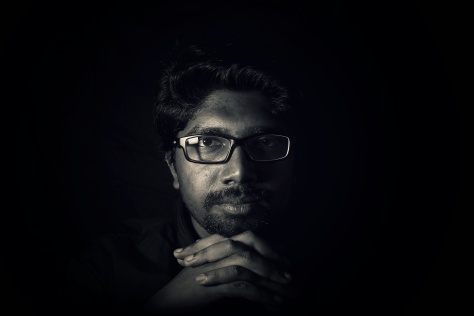
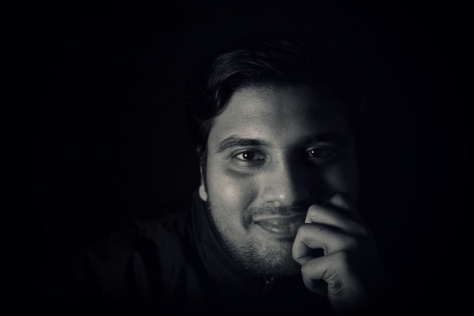
Feel free to leave a comment. Let me know your questions and suggestions. 🙂

